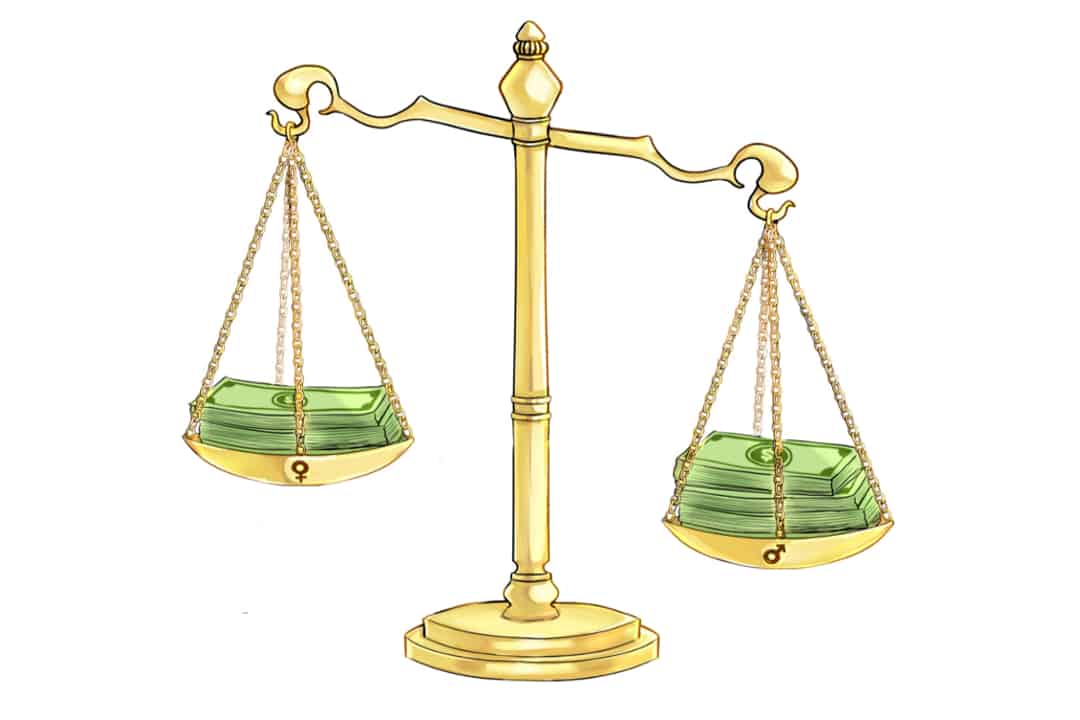Tenured and tenure stream female faculty earn on average 1.3 per cent less than their male counterparts, according to the findings of a committee convened by U of T Vice-President & Provost, Cheryl Regehr.
In response to the committee’s findings, the university has announced that it will increase the salaries of “all women faculty members who are tenured or in the tenure stream” — around 800 women — by 1.3 per cent.
The pay bump builds on previous university initiatives, including the increased hiring of women into the tenure stream, providing bias training for faculty and tenure appointment committees, and support for starting salary equity.
The report was carried out by the Provostial Advisory Group, a committee of staff, faculty, and educational administrators convened in 2016 as the product of a pre-grievance mediation between the university and the University of Toronto Faculty Association.
The report was carried out by faculty members specializing in statistics, one staff member, and a graduate student. In addition to analyzing salary differences among tenured professors, the group examined the male-female divide in professorships and calculated pay gaps for teaching stream faculty.
Men drastically outnumber women in professorships
Using numbers from 2015–2016, the group found that of the 965 tenured or tenure stream professors then employed at U of T, only 27 per cent were female. The numbers increased for associate professors and assistant professors, with women respectively accounting for 45 per cent and 43 per cent.
The “raw” salary difference within this group was 12 per cent, meaning that the average tenured or tenure stream male made 12 per cent more than his female counterpart. However, after considering academic rank, years since highest degree, and field of study, that difference was lowered to 1.1 per cent.
This large initial difference of 12 per cent was chalked-up to the tendency for women to hold junior positions and specialize in lower paying fields. In the relatively high-paying Economics faculty, for example, there is only one woman for every eight men.
The final model incorporated three more variables, including whether the person had received a Canada Research Chair, and if the person was holding, or had held, an administrative position. Taking these into account with the original model, they determined that gender was responsible for roughly 1.3 per cent of the salary gap.
Working by percentage, the corresponding increase will affect salaries differently. A woman earning $350,000 will receive an extra $4,550 per year, while a woman earning $100,000 will only take in an extra $1,300.
Ratio even, salaries equal in teaching stream
The committee also investigated pay differences within the teaching stream faculty, comprised of professors who are expected to exclusively teach. The data, taken from 2016–2017, showed that women accounted for 50 per cent of the 336 full-time teaching stream faculty.
Unlike the 1.3 per cent divide within the tenured and tenure stream, the committee found no discernible gap between male and female salaries within the teaching stream.
Still more to come, promises Regehr
According to Regehr, U of T will be “conducting a similar analysis for librarians in continuing appointments.”
In an interview with U of T News, Regehr also recommended that the university check in on salaries periodically “to ensure that a gender-based pay gap does not reappear over time.”
The Varsity’s own analysis of professors who earned over $100,000 in 2017 showed that women were not only largely under-represented in high-paying positions but also faced various pay gaps.


